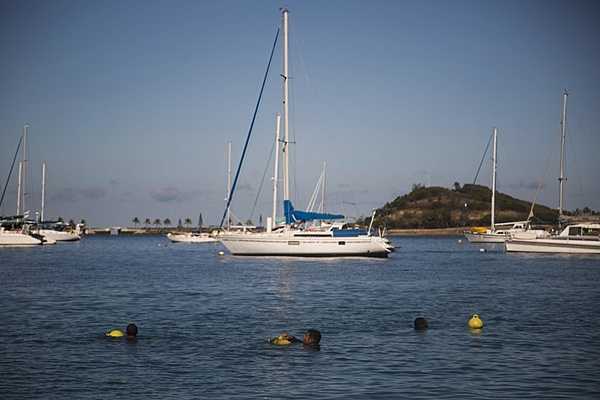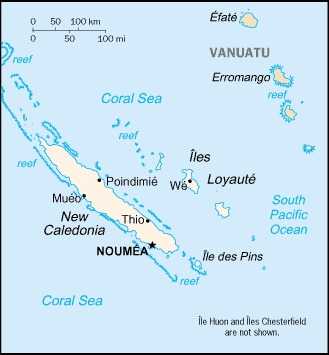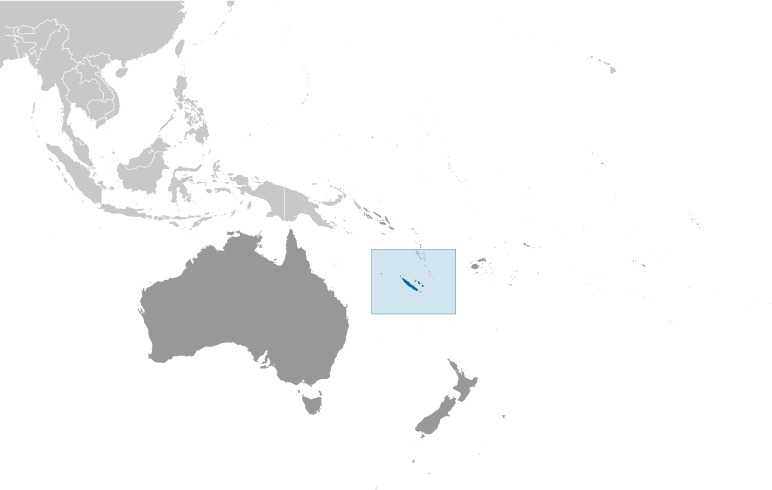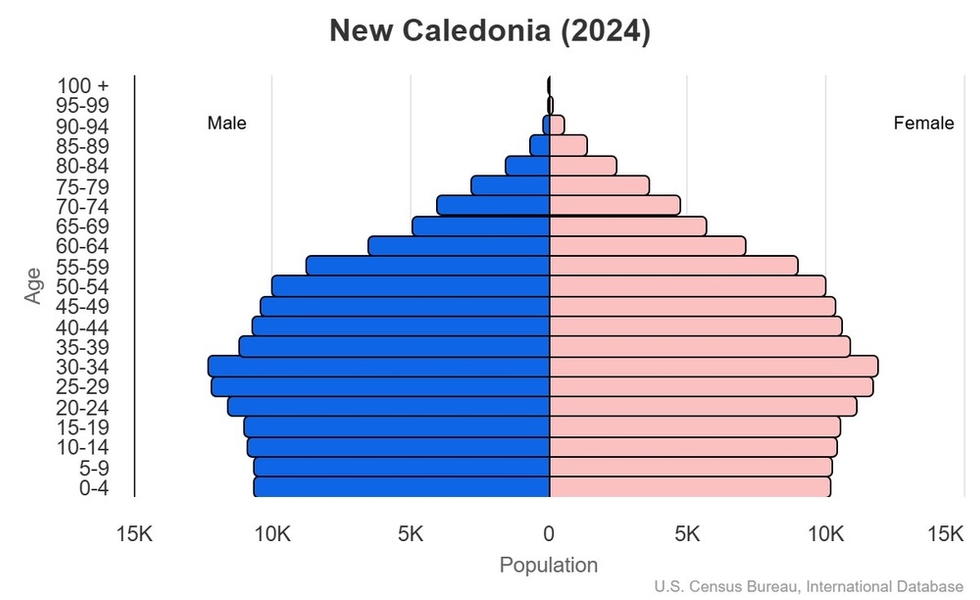Introduction
Visit the Definitions and Notes page to view a description of each topic.
Geography
People and Society
Population
comparison rankings: total 180; male 181; female 181
Languages
Median age
comparison ranking: total 103
Population growth rate
comparison ranking: 80
Birth rate
comparison ranking: 123
Death rate
comparison ranking: 157
Net migration rate
comparison ranking: 30
Infant mortality rate
comparison ranking: total 178
Life expectancy at birth
comparison ranking: total population 65
Total fertility rate
comparison ranking: 135
Environment
Carbon dioxide emissions
comparison ranking: total emissions 137
Government
Economy
Real GDP (purchasing power parity)
comparison ranking: 168
Real GDP growth rate
comparison ranking: 96
Real GDP per capita
comparison ranking: 69
Inflation rate (consumer prices)
comparison ranking: 119
GDP - composition, by sector of origin
comparison rankings: agriculture 156; industry 117; services 58
Labor force
comparison ranking: 179
Unemployment rate
comparison ranking: 155
Youth unemployment rate (ages 15-24)
comparison ranking: total 17
Current account balance
comparison ranking: 116
Energy
Communications
Telephones - fixed lines
comparison ranking: total subscriptions 158
Telephones - mobile cellular
comparison ranking: total subscriptions 181
Broadband - fixed subscriptions
comparison ranking: total 145
Transportation
Merchant marine
comparison ranking: total 146





